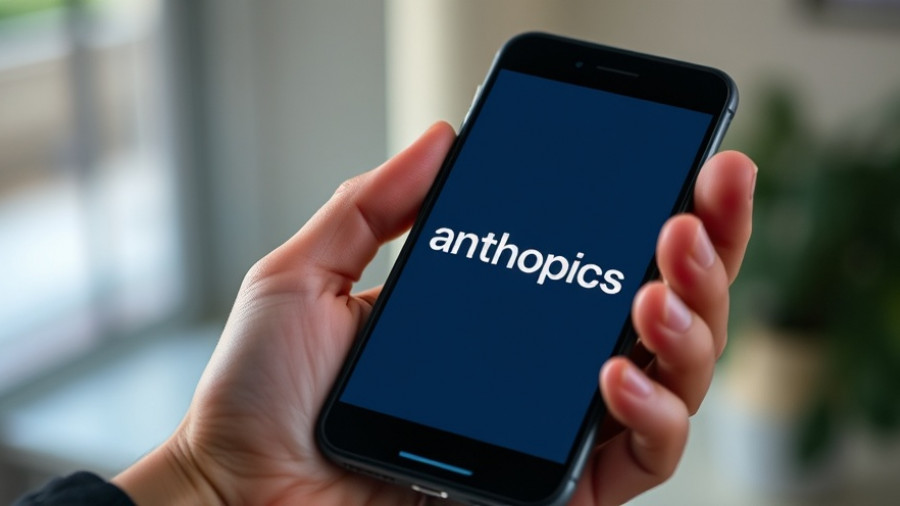
Understanding the Relationship Between AI and Copyrighted Art
The emergence of artificial intelligence (AI) tools has sparked significant debate over copyright infringement, as evidenced by the case of Vermillio, a tech platform claiming to quantify the extent to which AI-generated content draws from existing copyrighted materials. Recent assessments carried out by Vermillio, like the creation of a breakneck video for a fictitious time-traveling doctor similar to Doctor Who, revealed that Google and OpenAI's generative models often lean heavily on copyrighted material, raising questions about whether copyright laws can adequately protect artists’ intellectual property.
The Challenge of Attribution in AI-Generated Works
While AI creators, such as Google’s Gemini and OpenAI’s Sora, are designed to generate wholly original content, the reality is that much of what they produce mirrors pre-existing creative works. In tests conducted by Vermillio, a Doctor Who-themed video matched 80% of Vermillio's Doctor Who “neural fingerprint,” indicating that a large portion of the content originates from existing artistic works. This scenario exemplifies the critical tension between AI’s generative capabilities and the principles of copyright protection.
A Call for Legislative Action and Fair Use Clarification
With the rise of AI-generated content comes the pressing need for updated legislation regarding copyright law. The U.S. Copyright Office, which maintains a stringent stance on the definition of original works, has yet to clarify the applicability of fair use concerning AI training data. The fear is that without stringent guidelines, creators' intellectual property may be exploited without consent or compensation, as major AI companies continue training their models on vast databases of copyrighted works.
Potential Solutions for Artists and AI Companies
One potential remedy discussed among industry leaders is the establishment of a system that encourages the sharing of data while protecting the rights of copyright holders. As Kathleen Grace from Vermillio suggests, creating an ecosystem where copyright holders can license their work could promote responsible AI development while safeguarding the interests of artists. This could incentivize the release of content to AI developers while preventing the unauthorized use of copyrighted materials.
The Future of Copyright in the Age of AI
The current discussion around AI and copyright is underscored by an urgency for reforms that could benefit both artists and technology developers. As the art market grows and AI tools become more integrated in creative processes, there is a growing consensus that protecting human authorship is critical to preserving the value of original works. A future where legislative policies evolve to accommodate the nuances of AI-generated works may pave the way for more meaningful collaborations between human creativity and technological innovation.
Wrapping Up the Conversation on AI and Copyright
The issue of copyright infringement in AI-generated content is not simply a legal dilemma; it’s a cultural and ethical one. As AI becomes an integral part of the artistic process, navigating these challenges will be essential for the continued flourishing of human creativity. With stakeholders from various sectors—including artists, developers, and lawmakers—coming together, we may find sustainable solutions that ultimately benefit the creative industry while fostering innovation.
 Add Row
Add Row  Add
Add 




Write A Comment